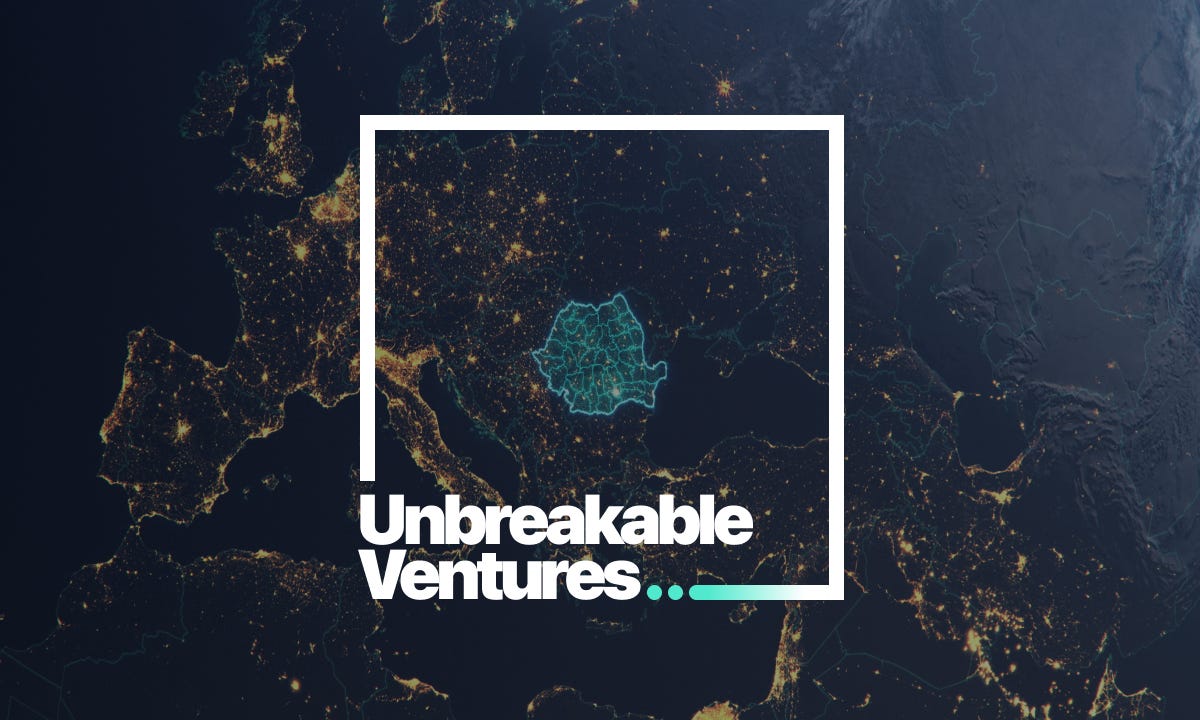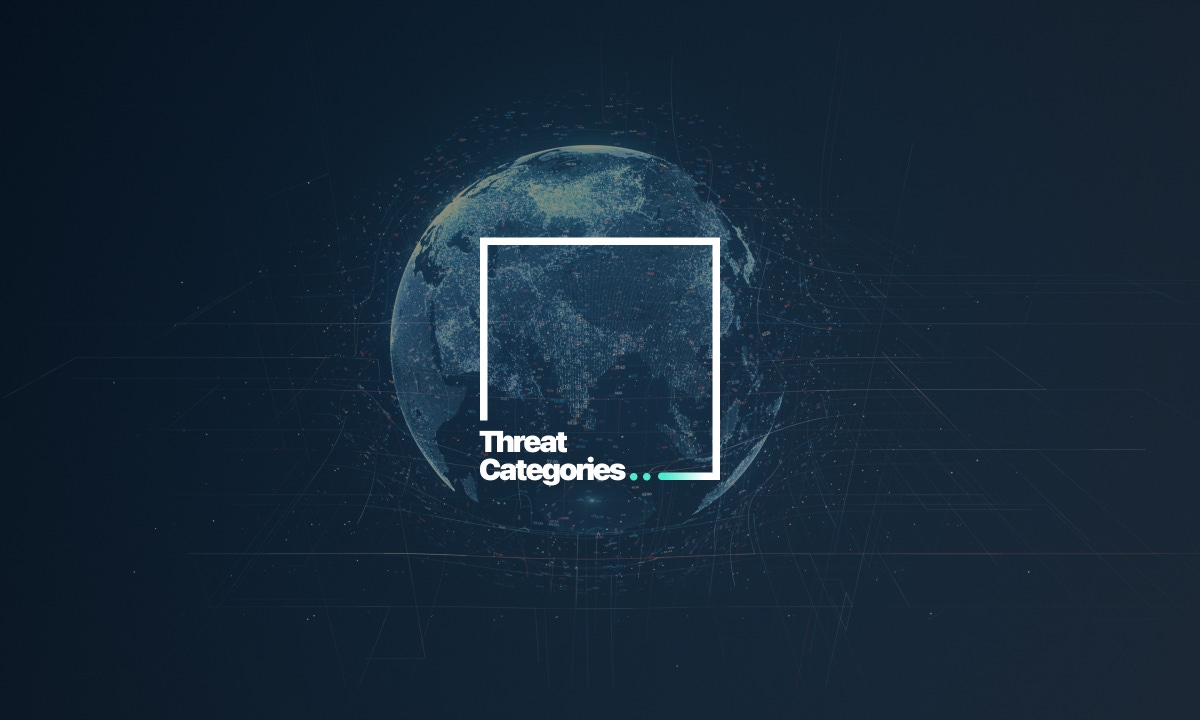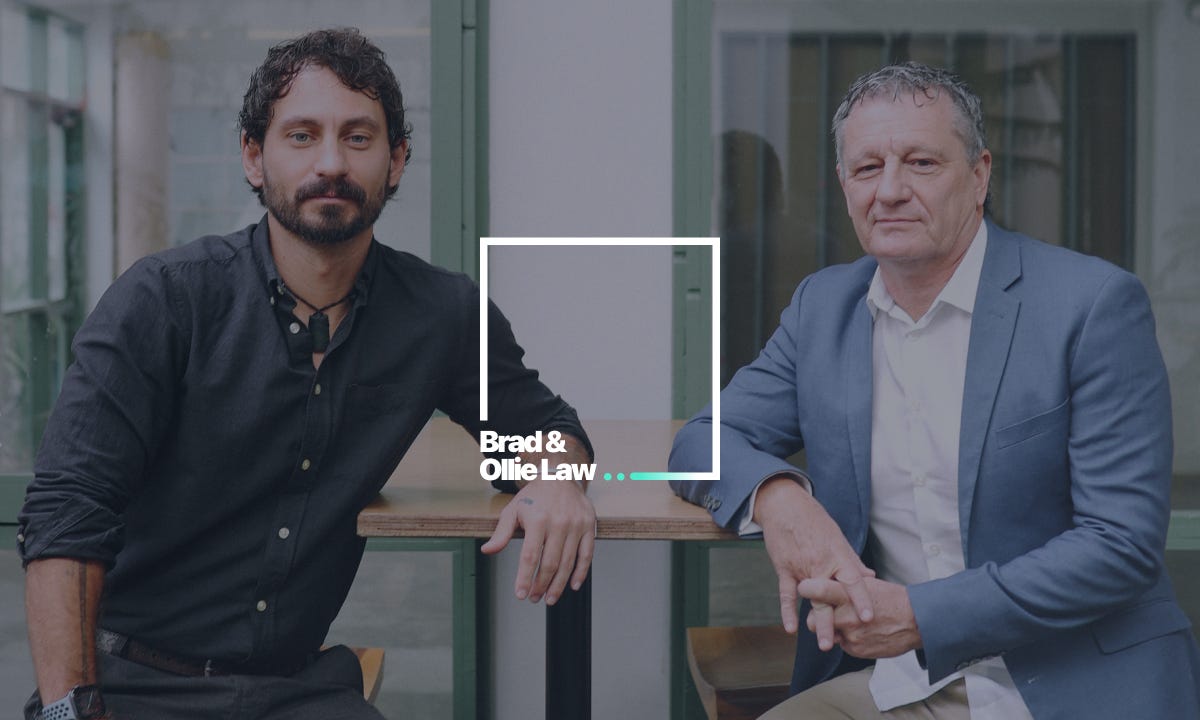Why subscribe?
Unbreakable Ventures is a fortnightly digest covering the previous 14 day’s most notable emerging risks against 5 categories. Brought to you by industry advisory experts on a Monday morning.
Subscribe to get full, free access to the newsletter and publication archives.
How Unbreakable Ventures is formatted
We have structured our fortnightly update to focus on a major story and 2 additional risks we’ve been monitoring for the fortnight just gone. The idea is to get professional insight on a popular and significant risk, while learning about a few others emerging, all while you drink your morning’s first coffee ☕
To achieve this, we start the email with the highlights, then break each section into:
The main risk we’re covering
The Risk Category it sits under
Whether you should be concerned
Disruption risk (diving into specifics)
Preventative actions
Let’s dive into the specifics of these sections…
1. The Risk (our main story)
In each section, we will begin by providing a quick summary of the risk and some source links for further information. The feeds and sources we obtain updates from will be shared here for you to continue to investigate in your spare time.
2. Risk Categories
We cover the 5 major categories of risks across the threat and resilience landscape as monitored by the World Economic Risk Forum in their Global Risk Report. These are:
Economic: Here we typically focus on risks such as inflation, recession, interest rate fluctuations, unemployment rates, exchange rate volatility, global financial instability, supply chain disruptions, trade imbalances, commodity price shocks, market volatility, debt crises, income inequality, government fiscal policies, taxation changes, and credit availability. These factors influence businesses by affecting consumer demand, investment decisions, operational costs, and access to capital, requiring companies to adopt strategies for financial resilience and to mitigate potential impacts on profitability and long-term growth.
Environmental: In this category, we generally cover risks such as climate change, extreme weather events (e.g., hurricanes, floods, wildfires), rising sea levels, resource depletion, biodiversity loss, pollution (air, water, soil), deforestation, habitat destruction, natural disasters, environmental regulations, and the impact of carbon emissions. These threats can affect global supply chains, disrupt business operations, and increase regulatory and compliance costs, pushing companies to adopt sustainable practices and consider environmental resilience in their planning to mitigate long-term risks.
Geopolitical: Cover such risks as political instability, trade wars, sanctions, government regulations, territorial disputes, changes in leadership, international relations, regional conflicts, terrorism, protectionism, shifting global alliances, resource nationalism, currency fluctuations, military tensions, and the impact of globalization. These threats often affect global markets, supply chains, and business operations, as companies must navigate uncertain political environments, comply with changing regulations, and manage risks related to cross-border investments and international trade policies.
Societal: Covering demographic changes (e.g., ageing populations, migration), social inequality (e.g., income disparity, access to education), cultural shifts (e.g., changing social norms, urbanization), civil unrest and protests, public health crises (e.g., pandemics), crime rates and violence, public trust in institutions, and technological impacts on social behaviour (e.g., social media influence)
Technological: Covering cyberattacks, data breaches, outdated infrastructure, technological obsolescence, automation risks, AI and machine learning vulnerabilities, digital transformation challenges, reliance on cloud services, disruptions from emerging technologies, supply chain cyber risks, digital surveillance, internet outages, and the impact of new technologies on business operations. This category also covers how businesses adapt to rapid advancements in technology, manage IT resilience, and secure critical digital assets.
3. You should be concerned if…
This section addresses obvious industries, or locations, or components that might be unique to a specific operation. For example, there are events that appear to impact a geological location first and foremost, but will also trigger a smouldering crisis somewhere else in the world. We analyse this and provide detail for you to make a personal decision on whether to act.
If you’re not sure, you can book a call with us to discuss ↗
4. Disruption Risk
For every risk, there are elements more serious than others that should influence whether an emerging or current risk is valid to your operations. For example, if an Environmental risk is emerging, the Type may be Bushfire and the Impact (detailed under this section) is Property Damage, Business Continuity Disruption, Safety Risks. In most cases, you can expect numerous Types to be listed.
Here are some examples in relation to the types of risks we cover. These impacts fluctuate depending on the specific risk we’re covering:
Cyber Attack / Denial of Service Attack (DoS)
Business Interruption, Financial Loss, Reputational DamageArmed Hold-up/Kidnap/Robbery
Physical and Emotional Trauma, Financial Loss, Security PerceptionBushfire
Property Damage, Business Continuity Disruption, Safety RisksCivil Disturbance
Safety Threats, Operational Disruption, Property DamageDisease or Pandemic
Workforce Reduction, Financial Strain, Supply Chain InterruptionsElectrical Failure
Operational Halt, Data Loss, Equipment DamageHazardous Materials Spill
Health and Safety Risks, Environmental Damage, Business InterruptionIndustrial Action
Operational Disruption, Client Dissatisfaction, Legal and Financial ImpactInundation and/or Water Damage
Property and Asset Damage, Business Interruption, Health RisksIT Communications Failure
Operational Disruption, Financial Loss, Reputational DamageIT Equipment Failure
Operational Standstill, Data Loss, Repair CostsMajor Structure Fire
Complete Loss of Facilities, Extended Downtime, Injury or FatalitiesMinor Structure Fire
Localised Damage, Temporary Disruption, Health and Safety ConcernsOther Physical Disaster
Infrastructure Damage, Business Interruption, Safety RisksResignation of Staff Members
Productivity Loss, Knowledge Drain, Recruitment CostsSupplier / 3rd Party Negligence
Operational Delays, Safety Concerns, Financial ImpactSecurity / Access Malfunction
Supply Chain Disruption, Quality Control Issues, Legal and Financial ConsequencesSuspicious Mail
Safety Risks, Business Interruption, Security ConcernsTheft, Fraud, or Malice
Financial Loss, Reputational Damage, Operational Disruption
5. Preventative actions
We round off each update with our ‘preventative actions’. This is the most valuable part of the entire update and is our collective advice between our team, presented to you. Each email, we take the information we have researched across the fortnight and collate it into professional advice. We recognise it must be able to service all of our subscribers - which makes it generic in nature, but it will allow you to consider some immediate steps today.
More than just an email
The authors, Fixinc
Fixinc is a boutique, people-first resilience consultancy and technology provider servicing the Oceania and ASEAN regions. We are deeply passionate about people and organisations having access to solutions that get them through any disruption. We have been through events that have impacted us personally and professionally (the Christchurch earthquakes, losing a business through COVID, and even armed conflict to name a few), and we want to give back.
Collectively, we have been in the resilience industry since 1996, with Brad spending an additional 25 years in the British Army where he served in Bosnia and Northern Ireland. Today, our mission is to modernise the industry to better support everyone, anywhere.
Book time with us, for free
Our fortnightly email comes with a link to book 30-minutes with one of our Advisors, for free. This is a great opportunity to understand more about specific risks around the world, and talk through professional advice on how to mitigate them. If this call helps you in any way, all we ask is a shout out on LinkedIn.
Always know the risks
Never miss an update that could impact you—every new post is sent directly to your email inbox. For a spam-free, ad-free reading experience, plus audio and community features, get the Substack app.
Want to join us?
Supported by ResilienceWEB, you can be a part of a growing community of resilience professionals as by contributing to our weekly analysis. In return, you will be selected to offer virtual calls to our subscribers and generate an extra income for your consulting work.






